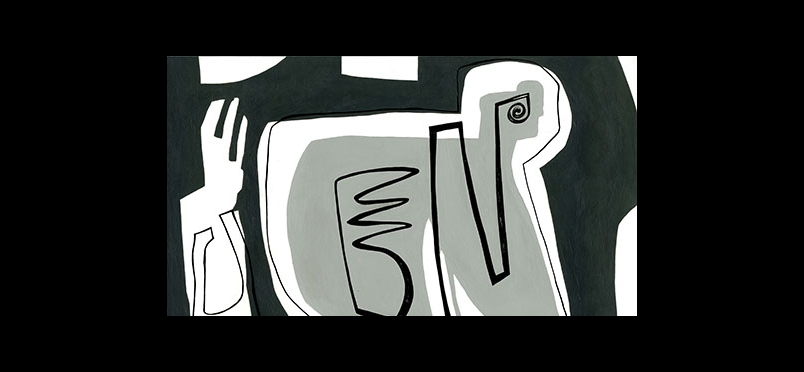| back pain
Early Physical Therapy Shows Improvement for Lower Back Pain

Timely Intervention Leads to Less Pain/Fewer Meds
From the
Abstract
Introduction: Chronic lower back pain is a leading cause of disability in US adults. Opioid use continues to be controversial despite the Centers for Disease Control and Prevention guidance on chronic pain management to use nonpharmacologic and nonopioid pharmacologic interventions. The objectives of the study were to assess the impact of early physical therapy (PT) intervention on improving functionality and reducing opioid burden in patients with chronic lower back pain.
Results: One hundred and eighty patients were included in three groups: OF group (n = 60), PTF group (n = 60), and PTF + ODI group (n = 60). The PTF + ODI group had mean ODI reduction of 11.9% (P < .001). More OF patients were lost to follow up (68.3%) or failed PT (60%) compared to the PTF group, 38.3% and 3.3% (P < .001). Reduction in both opioid and nonopioid medications as well as pain scores were observed but not statistically significant.
About 10% to 20% of individuals with acute lower back pain will develop chronic lower back pain (CLBP). Chronic lower back pain was defined using National Institute of Neurological Disorders and Stroke1 definition of pain and disability persisting for more than 3 months. In the United States, CLBP is the third leading disease contributing to disability adjusted life years with a mean increase of 24% from 1990 to 2010. Lost work days from CLBP is approximately 149 million days per year accruing costs upwards of $100 billion to $200 billion annually. Chronic lower back pain is often managed by opioids but use as first-line therapy remains controversial. Not only are opioids associated with tolerance and risk of addiction, patients with CLBP have reduced progress in regaining functionality. Kidner et al6 found the work-return rate for very high opioid users (>120 mg/d of morphine equivalents) versus nonopioid users was 76% and 94%, respectively. Compared to other specialties, family practice, general practice, and internal medicine opioid prescription use per capita increased by 7.35% between 2007 to 2012. Despite recent improved prescribing habits, the repercussions in disability and patient harm are still evident as patients continue to struggle with addiction, substance use, chronic pain, and psychiatric comorbidities.
In 2016, the Centers for Disease Control and Prevention (CDC)5 published guidelines to improve opioid prescribing habits and reduce opioid harm in individuals using opioids chronically. The CDC recommends using pharmacologic and nonpharmacologic strategies. The guidelines encourage caution when prescribing opioids by using the lowest effective dose…
Read the article.
Other Categories:
Did you enjoy this article?
Subscribe to the PAINWeek Newsletter
and get our latest articles and more direct to your inbox

